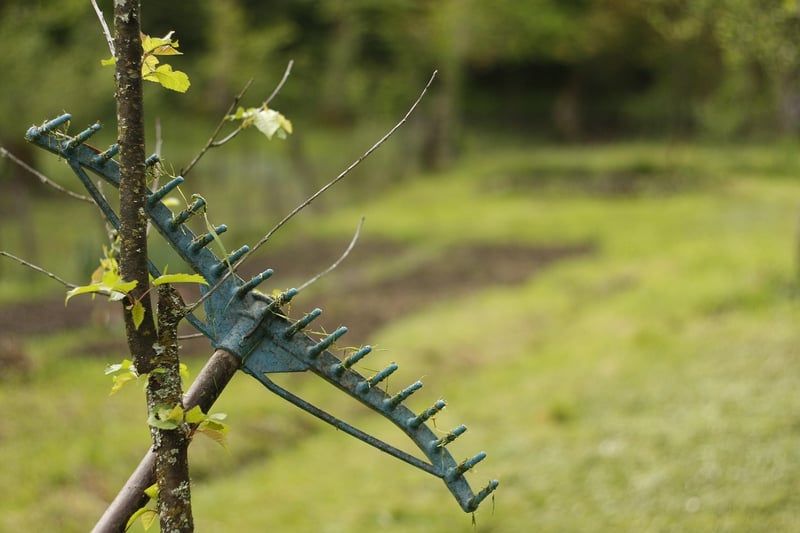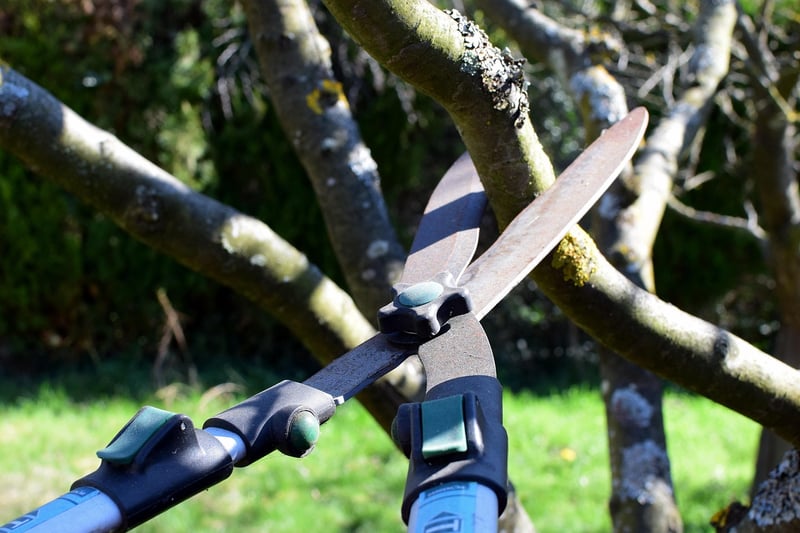Pruning Techniques
Guidelines for Healthy Plants and Pruning Techniques
Introduction
Having healthy plants in your garden not only adds beauty but also promotes a thriving ecosystem. Proper care and maintenance play a crucial role in ensuring your plants grow strong and vibrant. Additionally, mastering pruning techniques can enhance the growth and appearance of your plants. Let's explore some guidelines for maintaining healthy plants and effective pruning techniques.
Guidelines for Healthy Plants
- Suitable Environment: Choose the right location for your plants based on their sunlight and water requirements.
- Proper Watering: Water your plants adequately, ensuring the soil is moist but not waterlogged.
- Fertilization: Use appropriate fertilizers to provide essential nutrients for healthy growth.
- Weed Control: Regularly remove weeds to prevent competition for nutrients and space.
- Pest Management: Keep an eye out for pests and diseases, and take prompt action to control them.
- Regular Inspections: Check your plants regularly for any signs of distress or disease.
Pruning Techniques
Pruning is a vital practice that helps maintain plant health and shape. Here are some essential pruning techniques:
- Cleaning: Remove dead, damaged, or diseased branches to promote plant health.
- Thinning: Thin out crowded branches to improve air circulation and sunlight exposure.
- Heading: Trim the tips of branches to encourage bushier growth.
- Shaping: Prune to maintain the desired shape and size of the plant.
- Rejuvenation: Cut back overgrown plants to stimulate new growth.
Conclusion
By following these guidelines for healthy plants and mastering effective pruning techniques, you can nurture a garden full of vibrant and flourishing plants. Remember to tailor your care based on the specific needs of each plant species to ensure optimal growth and beauty.


